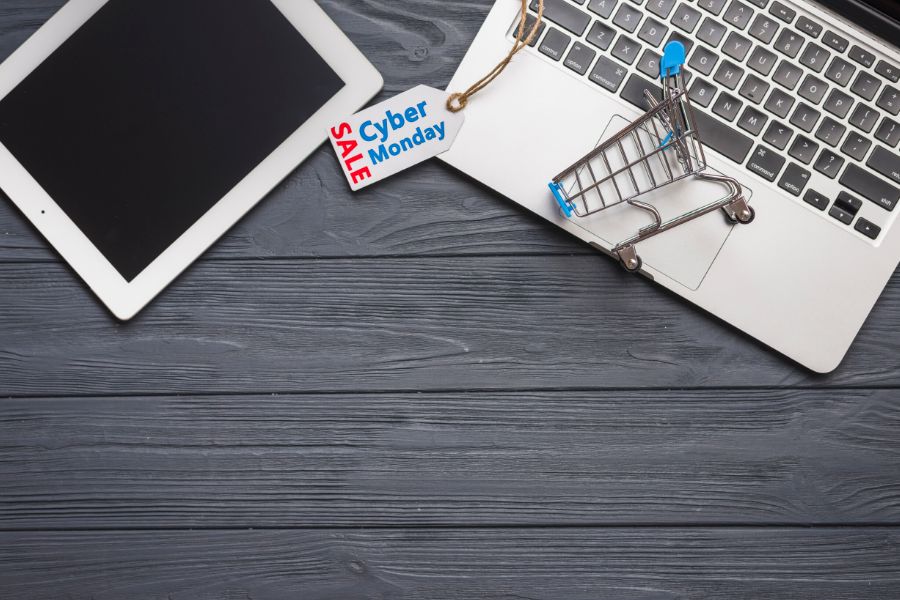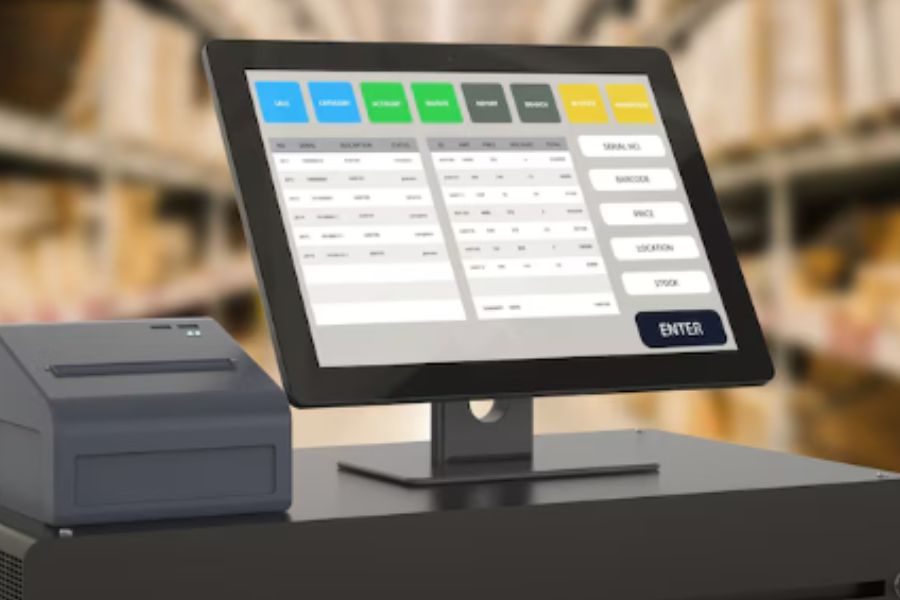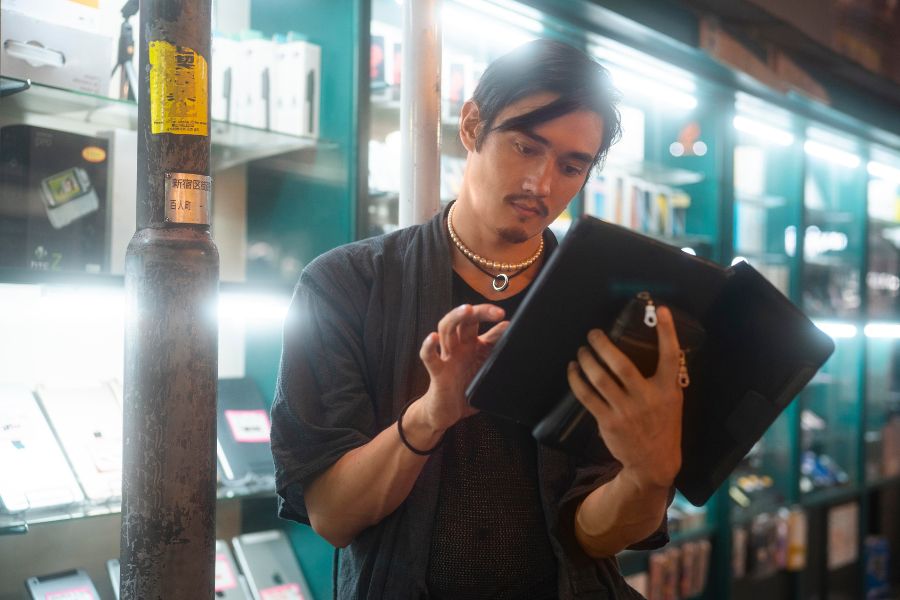In the world of eCommerce, managing inventory can be a tricky business. It is important to have the right amount of stock on hand to meet customer demand, but too much inventory can tie up capital and lead to storage and handling costs. This is where backorders and preorders come in. Both can be useful tools for managing inventory and increasing sales, but they have distinct differences that make them better suited for different situations. What is the difference between backorder vs preorder? This article breaks down the similarities and differences of BackOrders and PreOrders and how your eCommerce business can utilize both to increase revenue.
Backorder definition and example
BackOrder is when a customer places an order for a product that is out of stock, and you store promises to ship this product at a later date. This means that the product will be shipped to the customer when it becomes available again. BackOrders are added to your backlog for later fulfillment pending the item’s restock. BackOrdering can be understood with this simple equation:
Inventory = Orders – Customers
This equation shows that inventory levels are equal to the total number of orders placed minus the number of orders fulfilled (i.e., the number of customers who have received their orders). When a customer places an order for a product that is out of stock, the inventory level decreases but the number of orders increases, resulting in a backorder.
Sephora, a leading beauty retailer, has implemented backorders as a way to manage inventory levels and fulfill customer demand for popular products. For example, when a new line of skincare products was released, Sephora quickly sold out of many items. Rather than lose potential sales, Sephora allowed customers to place backorders for the out-of-stock products, ensuring that they would receive the item once it was restocked. This strategy helped Sephora to maintain customer loyalty and drive sales, even when inventory levels were low.
Preorder definition and example
Preorders, on the other hand, occur when customers place an order for a product that has not yet been released. The product is then reserved for the customer and shipped when it becomes available. Customers place their orders prior to the official launch of the product. Those who buy this way enjoy some advantages compared to people having typical orders because sellers fulfill preorders beforehand.
Orders = Inventory + Customers
This equation shows that the total number of orders placed is equal to the inventory level plus the number of customers who have pre-ordered the product. When a customer preorders a product that has not yet been released, the inventory level remains the same but the number of orders increases, resulting in a preorder.
For instance, Sony PlayStation 5 gaming device was available for pre-selling. That is why those who wished to own a brand new PlayStation had the chance to be the first to buy it quickly before its official accessibility on the market. As for Sony, they got a considerable sum of money without having to launch the product immediately.
A real-life example of a retailer successfully implementing PreOrder as a sales tactic has been BestBuy. When Apple released the iPhone X in 2017, Best Buy offered preorders on the device, allowing customers to secure their purchase ahead of time. This strategy not only helped Best Buy to gauge demand and manage inventory levels, but it also created excitement and anticipation for the new product. As a result, Best Buy saw a significant increase in sales during the pre-order period
Backorder vs preorder: How different are they?
BackOrders and PreOrders are useful sales tactics since your store can decide when and where to implement these two different purchasing option. So, eCommerce stores and buyers need to understand the similarities and differences of each purchase option to ensure they can get their desired outcome.
Here are 3 similarities between Backorder and Preorder
- Both backorders and preorders allow customers to reserve products that are out of stock or not yet released. This can help to create customer loyalty and increase sales.
- Both backorders and preorders can be used to manage inventory and reduce overstocking or understocking of products.
- Both backorders and preorders require careful management and communication with customers to ensure that they are aware of the status of their orders and when the products will be shipped.
However, there is a time and place for your eCommerce business to implement one or more of these options for customers. Here are 3 essential differences between BackOrder and PreOrder
- Backorders occur when products are out of stock, while preorders occur when products have not yet been released.
- Backorders do not require customers to pay for the product until it becomes available, while preorders typically require payment upfront.
- Backorders are generally used for products that are regularly stocked, while preorders are used for limited edition or new products.
Strategizing your BackOrder and PreOrder Sales
The bottom line is that both backorder and pre-order are crucial to your strategy associated with warehouse inventory management. Having a point of sale (POS) software that offers both backorder and preorder options can be highly beneficial for businesses. It allows them to fulfill customer demand for out-of-stock or upcoming products while effectively managing inventory levels. You can count on ConnectPOS to create both types of orders with ease.
ConnectPOS system with omnichannel support and integration with third-party software can streamline the purchasing process and improve the overall customer experience. This means that customers can easily make purchases from various channels such as online or in-store, and the business can manage all orders and inventory from one central platform.
ConnectPOS makes sure your customers know which purchase option they are engaging with a streamlined checkout interface. It can also automatically sync order details and customer preferences to your Inventory management system and Customer relationship management software. Try out ConnnectPOS with their 14-day free trial period now!
Backorder vs PreOrder – Enhancing Your Business’s Sales
In this post, we have addressed the differences between backorder and preorder, including definitions, similarities, and differences. If you want to enhance your payment options with either BackOrder vs PreOrder, or both, be sure to check out ConnectPOS – an award-winning Point-of-sales software compatible with all eCommerce hosting websites and most POS Hardware!



